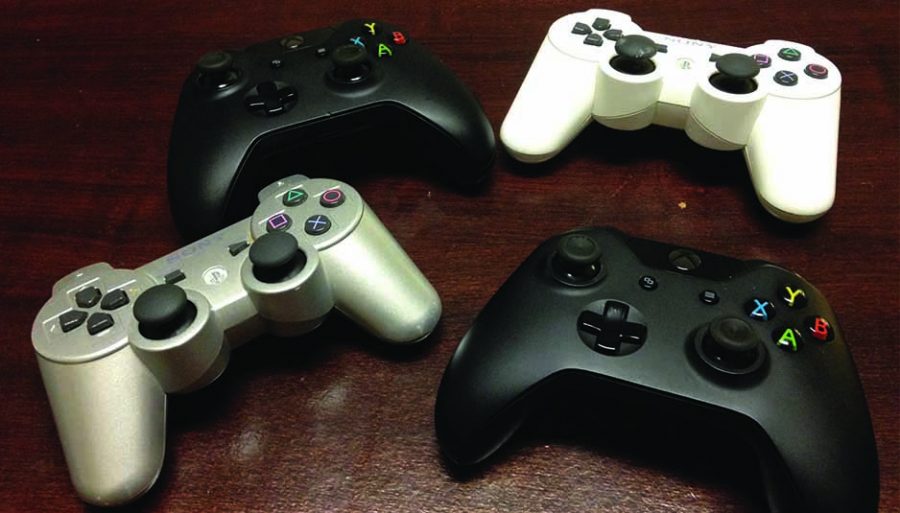Matthew Byers | Staff Writer
An artistic anime experience set in a parody of World War II
When a person thinks of a military game, often games such as Battlefield or Call of Duty immediately come to mind, and if you ask for anime games you’ll most likely think of Naruto or Dragon Ball games. Very rarely do these two genres combine, although some military anime such as Girls Und Panzer do exist. Valkyria Chronicles however mixes a setting in the parody of Europe during World War Two with fantasy elements; just like the mentioned anime this game has a big focus on tanks too.
Released for PS3 in November of 2008, and on PC on November of 2014, Valkyria Chronicles is a fairly unique game. Not only is the game stylized with anime characters, the art style is made to look like it has been done with colored pencils, giving an already unique game an even more unique design. The soundtrack isn’t super special, and fairly unmemorable. Despite this the focus of the game is the narrative the characters have. There is hardly an exposition but each characters interaction with one another drives the game forward with interesting character development.
The plot of the game focuses on a nature loving tank-commander who is drafted into the country of Gallia’s militia with his sister, where she just so happens to be a talented mechanic and tank driver, and these two are accompanied by the security chief of their hometown after being driven out of the township from the invading Imperial Army. After being drafted into the militia, the tank-commander is made a lieutenant and is given secondary command over an entire squad of soldiers who range from scouts who have semi-automatic rifles, shock-troopers with assault rifles, engineers with tools, snipers with bolt-action rifles, and lancers (think of demolitionists) who wield specially designed rocket launchers that look like medieval lances. Each soldier in the squad has different personalities and character traits that influence how they perform in battle; a soldier with a desert allergy will have a constant health drain in sandy environments, but with the trait good buddy they can have increased accuracy when around friendly units.
To go back to the turn-based strategy, you can only move so many characters a turn, they can attack once a selection, and they can only move so far. Scouts have the farthest walking reach, but their semiautomatic rifles aren’t very powerful but have a relatively good range. Lancers, shock-troopers, and snipers move the shortest distances, but their strengths are readily apparent; snipers have the farthest range, lancers can destroy tanks (and take the least damage from them), and shock-troopers are the best at targeting enemy infantry. Tanks, while powerful and having a wide variety of equipment (from anti-tank rounds, a machine gun, flamethrowers, and mortars), can’t move very far and often needs to be escorted by engineers who can repair them. Being careful how you move units is important to the game; should you move a scout and get a view on enemy positions, or move the tank up right away to serve as a shield for other units? If you choose poorly a friendly unit may be knocked out, and if you can’t reach them before a couple of turns or if an enemy unit comes to close, they are permanently killed. And if the tank or any of the story-driven characters die, it’s an immediate game over.
The game was meant to be played with a controller, so playing on PC with a keyboard is a bit unintuitive at first but not impossible. The style of the game has lots of great theming and uniqueness in a strategy shooter that it is a strong recommendation to anyone who is a fan of strategy, anime, or military themed games. Don’t be afraid to charge forth into enemy forces, and strike at the heart of the invading Imperials, you are saving your country of Gallia!









